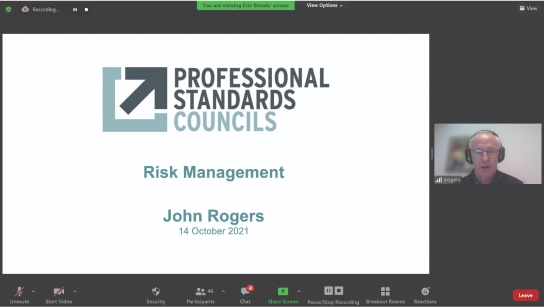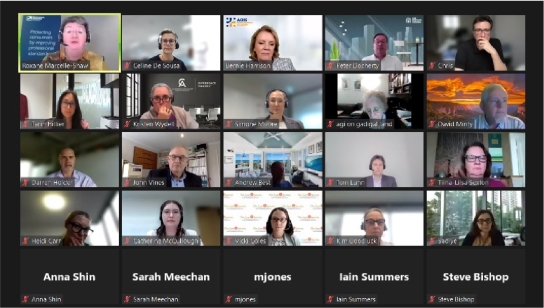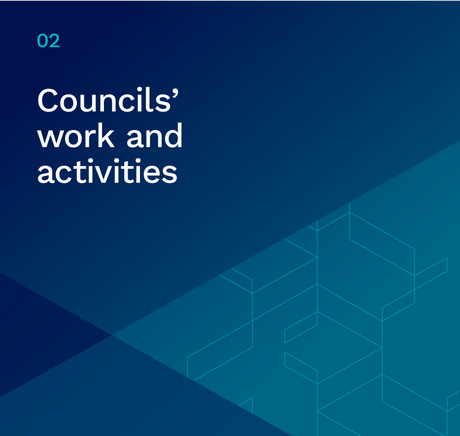The accounting profession reported a number of improvements throughout the year including:
- engaging with brokers and insurers to facilitate members accessing affordable professional indemnity insurance
- undertaking comprehensive auditing activities to monitor compliance with membership entry requirements
- enhancing by-laws and membership policies to improve member awareness of professional indemnity insurance requirements.
WA: 4,311
NT: 216
SA: 2,733
QLD: 7,501
NSW: 16,166
ACT: 946
VIC: 12,340
TAS: 557




